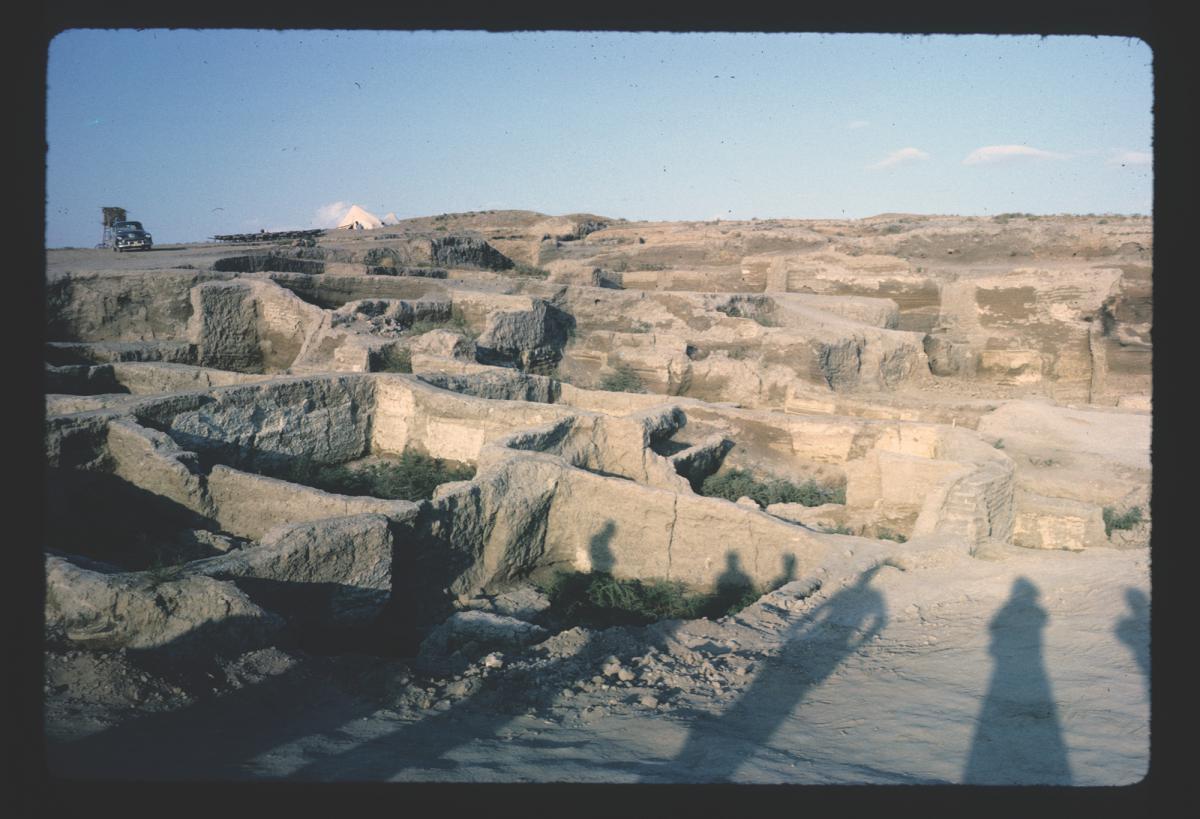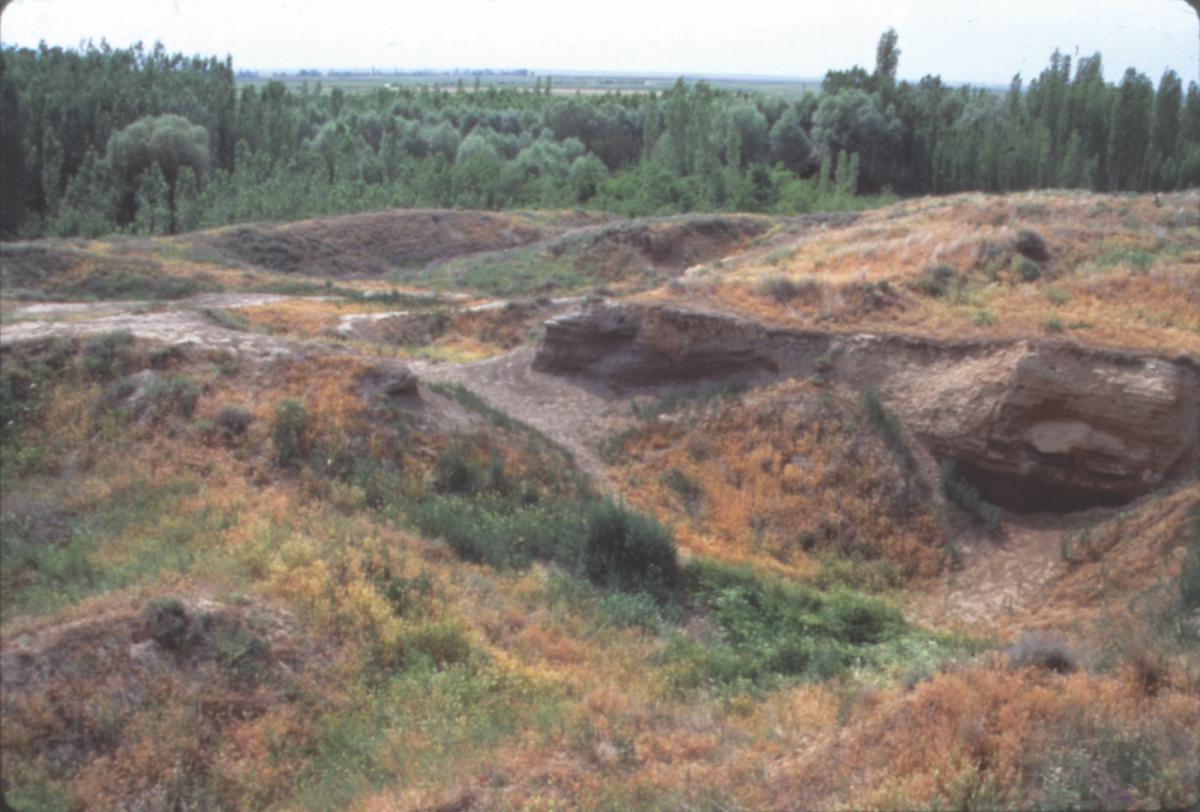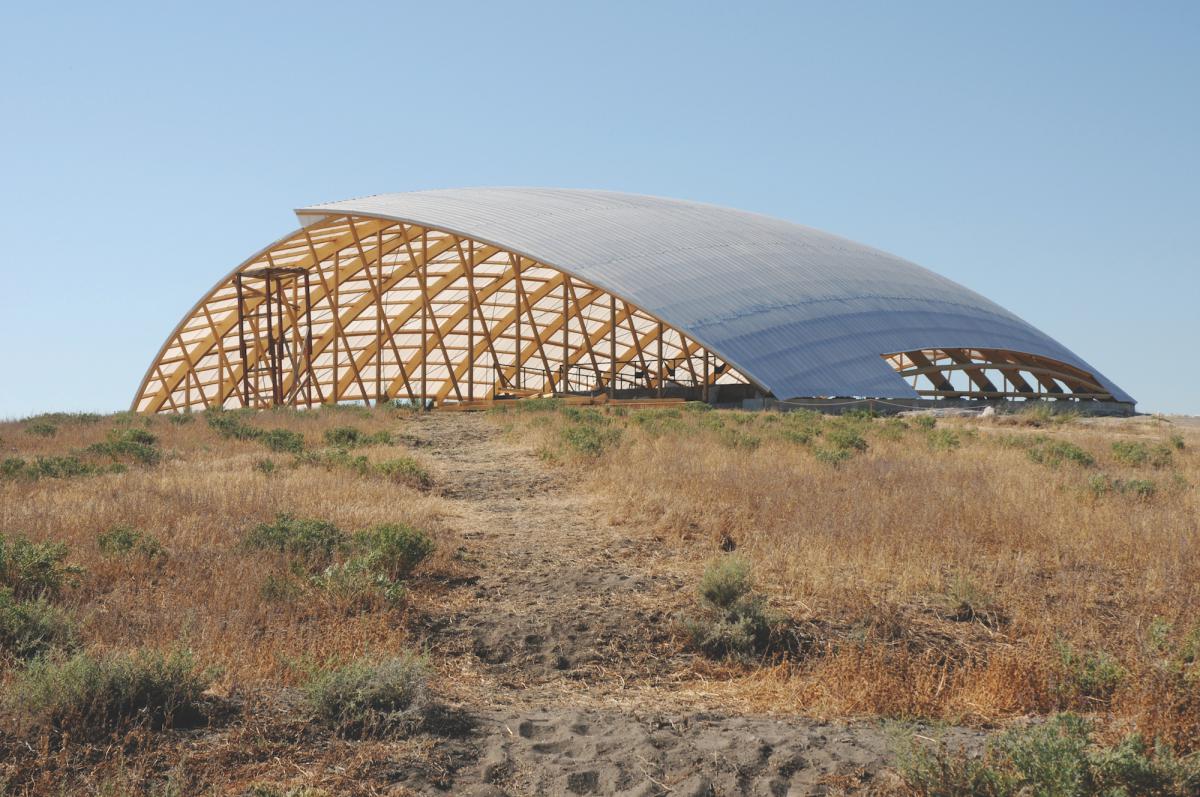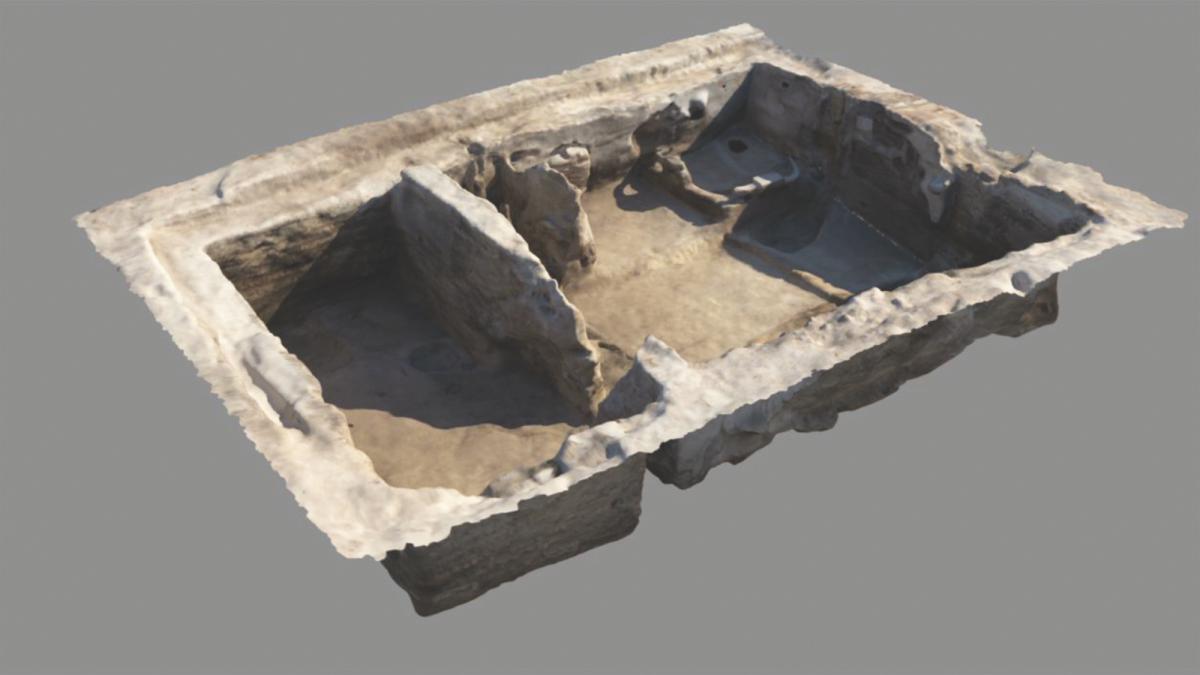The excavations at Çatalhöyük have now been running for more than 50 years. Prior to the earliest investigations of the site in the mid-20th century, locals in the region were well aware of its existence. In fact, Çatalhöyük has been used by different communities almost continuously from the Neolithic right up to the present day.
Here we provide a snapshot of the story behind research at this long-lasting site.
1958
 Çatalhöyük was stumbled upon by a team of British archaeologists: David French, Alan Hall and James Mellaart. The site left such an impression on the men that Mellaart, with the vital help of his wife Arlette, began to plan excavations.
Çatalhöyük was stumbled upon by a team of British archaeologists: David French, Alan Hall and James Mellaart. The site left such an impression on the men that Mellaart, with the vital help of his wife Arlette, began to plan excavations.
1961-1965
 Mellaart’s first excavation in 1961 totaled 39 days and his team discovered 40 houses as well as figurines, pottery and wall art. From then until 1965, the team returned each summer to continue with their work.
Mellaart’s first excavation in 1961 totaled 39 days and his team discovered 40 houses as well as figurines, pottery and wall art. From then until 1965, the team returned each summer to continue with their work.
1965-1993
 After Mellaart’s final year in 1965, the site was left dormant for around 30 years. Mellaart took up a teaching position at the University of London and subsequently inspired one of his students (Ian Hodder) to reopen excavations at Çatalhöyük.
After Mellaart’s final year in 1965, the site was left dormant for around 30 years. Mellaart took up a teaching position at the University of London and subsequently inspired one of his students (Ian Hodder) to reopen excavations at Çatalhöyük.
1993
 Hodder gained an excavation permit and with the blessing of James and Arlette, returned to Çatalhöyük. From here onwards, each summer Turkish and international teams have collaborated on site.
Hodder gained an excavation permit and with the blessing of James and Arlette, returned to Çatalhöyük. From here onwards, each summer Turkish and international teams have collaborated on site.
1998
 Although Mellaart began to explore Çatalhöyük’s West Mound in 1961, a fuller programme of excavations was initiated here in the late 1990s by Jonathan Last and Catriona Gibson. In 2006, two new West Mound teams – led respectively by Peter Biehl and Burçin Erdoğu – took over research here.
Although Mellaart began to explore Çatalhöyük’s West Mound in 1961, a fuller programme of excavations was initiated here in the late 1990s by Jonathan Last and Catriona Gibson. In 2006, two new West Mound teams – led respectively by Peter Biehl and Burçin Erdoğu – took over research here.
2000s

The excavation areas were exposed to harsh weather conditions, so to protect them two shelters were built: the south in 2002-2003 and the north in 2007-2008.
2010s

Although traditional field excavation remains a primary form of investigation at Çatalhöyük, digital, experimental and visual reconstruction methods are increasingly employed to aid research and interpretation.
2018

Hodder’s archaeological permit will come to an end and management of the excavation will transfer back to the Turkish government. Under their guidance the story of Çatalhöyük is just beginning…





